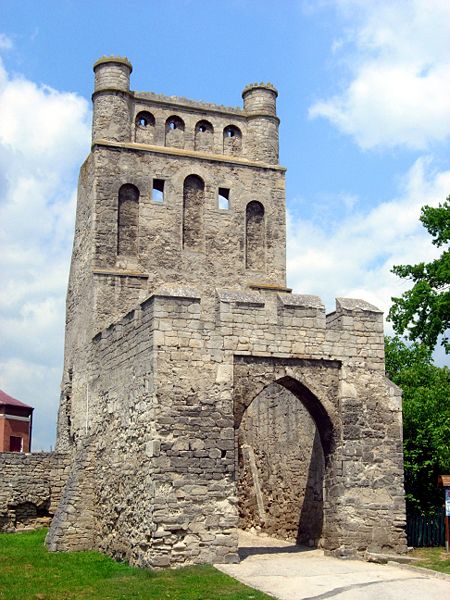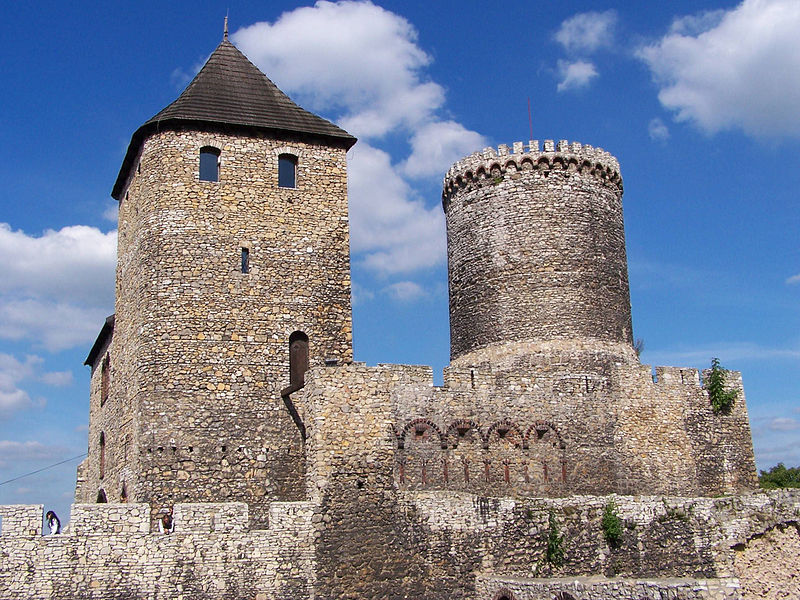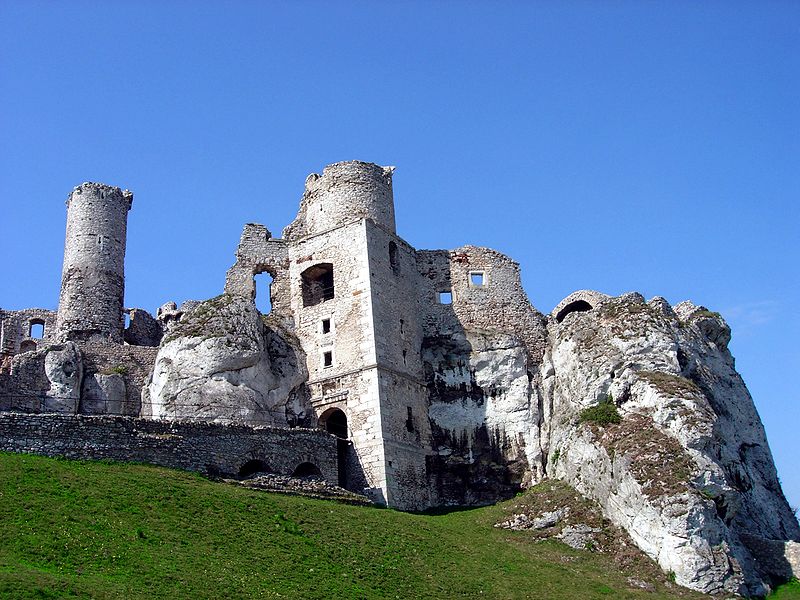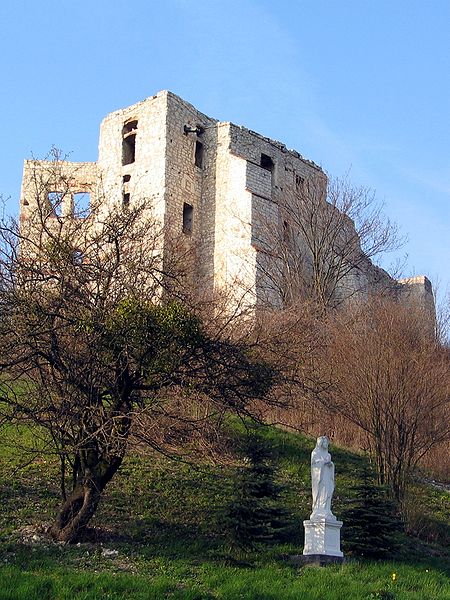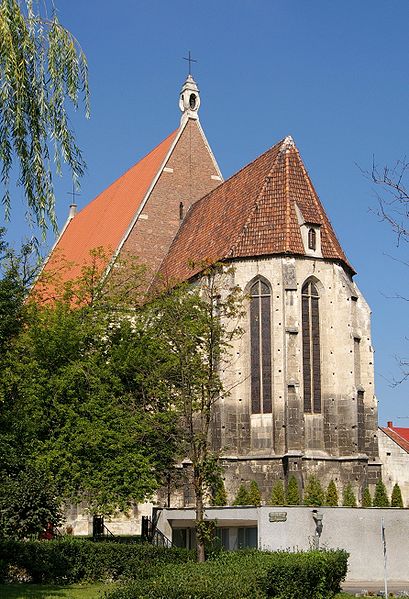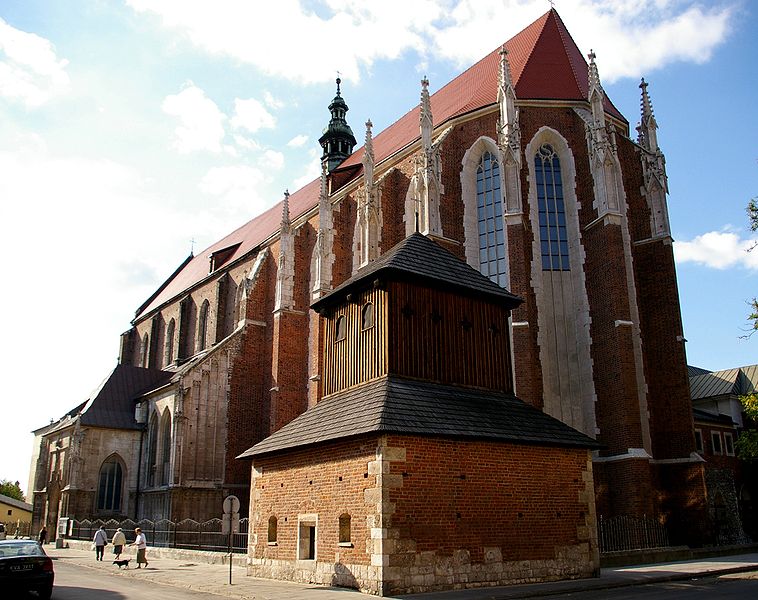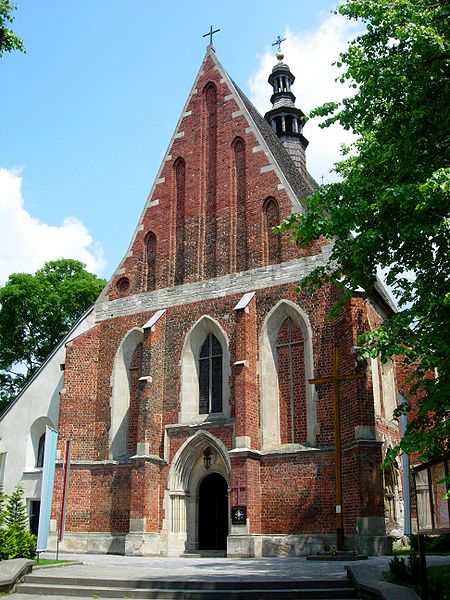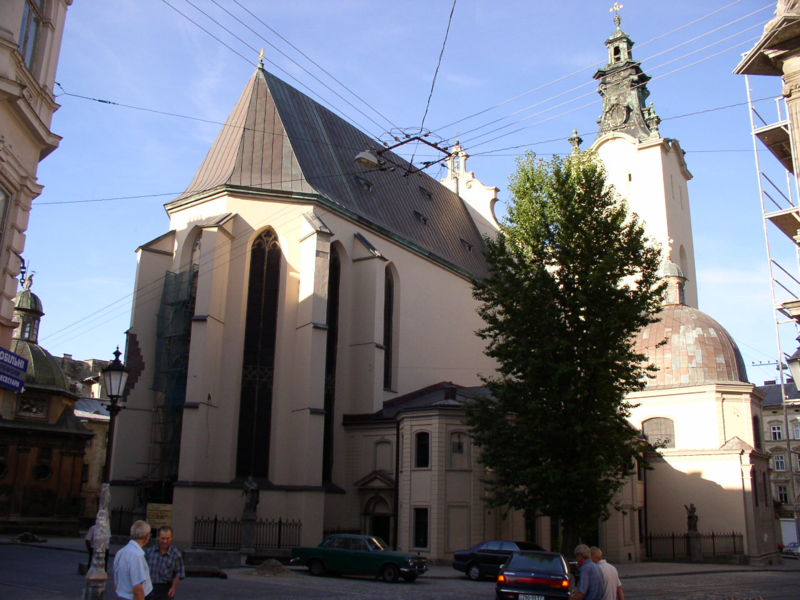<Back to Index>
- Explorer David Thompson, 1770
- Painter and Composer Luigi Russolo, 1883
- King of Poland Kazimierz III Wielki, 1310
PAGE SPONSOR
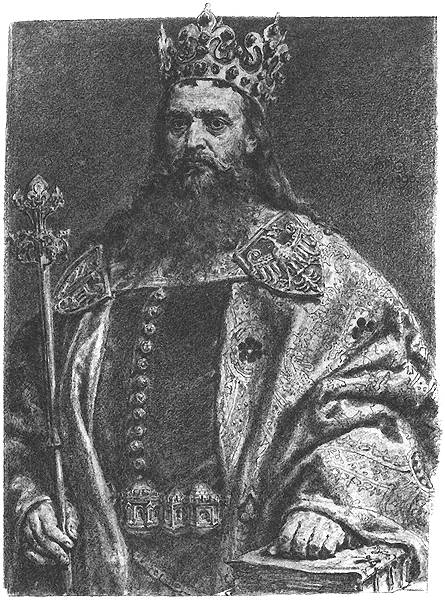
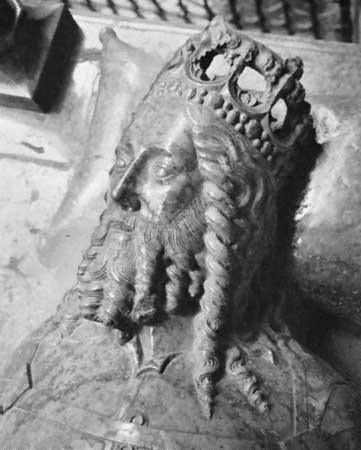
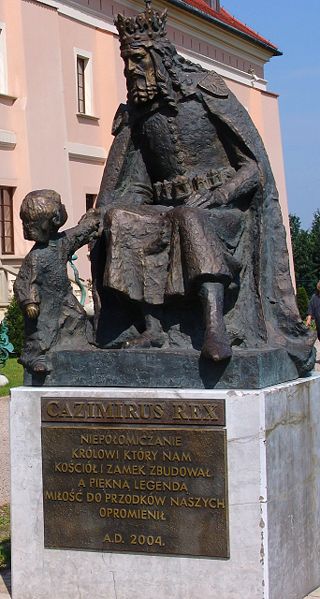
Casimir III the Great (Polish: Kazimierz Wielki) (30 April 1310 – 5 November 1370), last King of Poland from the Piast dynasty (reigned 1333 – 1370), was the son of King Władysław I the Elbow - high and Hedwig of Kalisz.
Born in Kowal, Casimir the Great first married Anna, or Aldona Ona, the daughter of the prince of Lithuania, Gediminas. The daughters from this marriage were Cunigunde (d 1357), who was married to Louis VI the Roman, the son of Louis IV, Holy Roman Emperor, and Elisabeth, who was married to Duke Bogislaus V of Pomerania. Aldona died in 1339 and Kazimierz then married Adelaide of Hesse. He divorced Adelheid in 1356, married Christina, divorced her, and while Adelaide and possibly also Christina were still alive (ca. 1365) married Hedwig (Jadwiga) of Głogów and Sagan.
His three daughters by his fourth wife were very young and regarded as of dubious legitimacy because of their father's bigamy. Because all of the five children he fathered with his first and fourth wife were daughters, he would have no lawful male heir to his throne.
When Casimir, the last Piast king of Poland, died in 1370, his nephew King Louis I of Hungary succeeded him to become king of Poland in personal union with Hungary. Casimir is the only Polish king who both received and kept the title of Great in Polish history (Boleslaw I Chrobry is also called the Great, but his title Chrobry (Valiant) is now more common). When he received
the crown, his hold on it was in danger, as even his neighbours did not
recognise his title and instead called him "king of Kraków". The economy was
ruined, and the country was depopulated and exhausted by war. Upon his
death, he left a country doubled in size (mostly through the addition
of land in today's Ukraine, then the Duchy of Halicz),
prosperous, wealthy and with great prospects for the future. Although
he is depicted as a peaceful king in children's books, he in fact waged
many victorious wars and was readying for others just before he died. Casimir the Great built many new castles, reformed the Polish army and Polish civil and criminal law. At the Sejm in Wiślica,
11 March 1347, he introduced salutary legal reforms in the
jurisprudence of his country. He sanctioned a code of laws for Great
and Lesser Poland, which gained for him the title of "the Polish
Justinian" and founded the University of Kraków which
is the oldest Polish university, although his death temporarily stalled
the university's development (which is why it is today called the
"Jagiellonian" rather than "Casimirian" University). He organized a meeting of kings at Kraków (1364) in which he exhibited the wealth of the Polish kingdom. In order to enlist the support of the nobility, especially the military help of pospolite ruszenie, Casimir was forced to give up important privileges to their caste, which made them finally clearly dominant over townsfolk (burghers or mieszczaństwo). In 1335, in the Treaty of Trentschin, Kazimierz relinquished "in perpetuity" his claims to Silesia. In 1355 in Buda, Casimir designated Louis I of Hungary as
his successor. In exchange, the szlachta's tax burden was reduced and
they would no longer be required to pay for military expeditions
expenses outside Poland. Those important concessions would eventually
lead to the ultimately crippling rise of the unique nobles' democracy in the Polish – Lithuanian Commonwealth. His second daughter, Elisabeth, Duchess of Pomerania, bore a son in 1351, Casimir IV of Pomerania.
He was slated to become the heir, but did not succeed to the throne,
dying childless in 1377, 7 years after King Casimir. He was the only
male descendant of King Casimir who lived during his lifetime. Also, his son - in - law Louis VI the Roman of Bavaria, Margrave and Prince - elector of Brandenburg,
was thought as a possible successor as king of Poland. However, he was
not deemed eligible as his wife, Casimir's daughter Cunigunde, had died
already in 1357, without children. The Poles repulsed many raids of the Tatar - Mongols. However, Casimir III the Great submitted to the Golden Horde and undertook to pay tribute in order to avoid more conflicts. The 7 Mongol princes were sent by Jani Beg khan to assist Poland. Casimir
had no legitimate sons. Apparently, he deemed his own descendants
either unsuitable or too young to inherit. Thus, and in order to
provide a clear line of succession and avoid dynastic uncertainty, he
arranged for his nephew, King Louis I of Hungary, to be his successor
in Poland. Louis was proclaimed king on Casimir's death in 1370, and
Casimir's sister Elisabeth (Louis's mother) held much of the real power
until her death in 1380. King Casimir was favorably disposed toward Jews. On 9 October 1334, he confirmed the privileges granted to Jewish Poles in 1264 by Bolesław V the Chaste. Under penalty of death, he prohibited the kidnapping of Jewish children for the purpose of enforced Christian baptism. He inflicted heavy punishment for the desecration of Jewish cemeteries. Although
Jews had lived in Poland since before the reign of King Casimir, he
allowed them to settle in Poland in great numbers and protected them as people of the king.
On 30 April or 16 October 1325, Casimir married
Aldona of Lithuania. She was a daughter of Gediminas of Lithuania and Jewna. They had two children. Aldona died on 26 May 1339. Casimir remained a widower for two years. On 29 September 1341, Casimir married his second wife Adelheid of Hesse. She was a daughter of Henry II, Landgrave of Hesse and Elisabeth of Meissen. Her maternal grandparents were Frederick I, Margrave of Meissen and his second wife Elizabeth of Lobdeburg - Arnshaugk. They had no children. Casimir started living separately from Adelheid soon after their marriage. Their loveless marriage lasted until 1356. Casimir effectively divorced Adelheid and married his mistress Christina.
Christina was the widow of Miklusz Rokiczani, a wealthy merchant. Her
own origins are unknown. Following the death of her first husband she
had entered the court of Bohemia in Prague as a lady - in - waiting. Casimir brought her with him from Prague and convinced the abbot of the Benedictine abbey of Tyniec to marry them. The marriage was held in a secret ceremony but soon became known. Adelheid renounced it as bigamous and returned to Hesse without permission. Casimir continued living with Christine despite complains by Pope Innocent VI on behalf of Adelheid. The marriage lasted until 1363 - 1364 when Casimir again declared himself divorced. They had no children. In about 1365, Casimir married his fourth wife Hedwig of Żagań. She was a daughter of Henry V of Iron, Duke of Żagań and Anna of Mazovia. They had three children. With
Adelheid still alive and Christine possibly surviving, the marriage to
Hedwig was also considered bigamous. The legitimacy of their three
daughters was disputed. Casimir managed to have two
legitimated by Pope Urban V on 5 December 1369. Hedwig the younger was legitimated by Pope Gregory XI on 11 October 1371. Casimir also had three illegitimate sons by his mistress Cudka, wife of a castellan.
